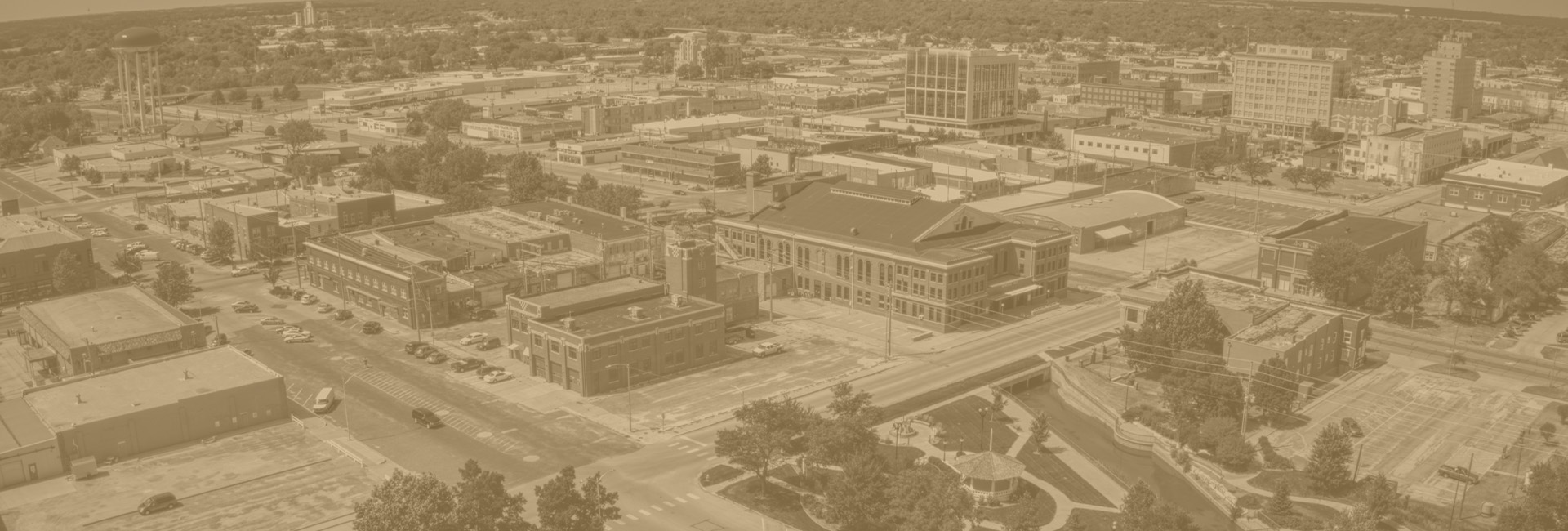Pedestrian accidents can be frightening and challenging events, often leading to significant injuries and long-lasting effects. In the moments after an accident, there is a great deal to consider. Many people feel confused and uncertain about what to do next. It’s essential for anyone involved in a pedestrian accident to understand how to document injuries and build a strong case. This helps make sure that if legal action is necessary, they are fully prepared to present their case with clear evidence. By keeping detailed records, understanding what information to collect, and seeking the right kind of help, individuals can move forward with confidence. At, Melinda Young, we are here to guide you through the legal process and help you navigate the complexities of your case.

The Importance of Documenting Injuries Properly
One of the most critical parts of building a strong case after a pedestrian accident is documenting injuries. This documentation will show the severity and impact of the injuries, which can be very important if legal or insurance claims arise. After an accident, the person involved should go to a medical provider, even if they feel their injuries are minor at first. Some injuries may not appear immediately, and a doctor can identify symptoms that might worsen over time. By seeking immediate medical attention, individuals create an official record of their injuries, which becomes a helpful part of their case.
Doctors and medical records are very helpful in these cases. When someone is evaluated by a doctor, there will be notes about any bruises, broken bones, or other damage caused by the accident. These records can also help to show whether the injuries are serious enough to affect a person’s daily life or their ability to work. When this information is clear and organized, it can help paint a complete picture of the situation and support a person’s claims about the harm they have suffered.
Photographs and Visual Documentation
Another valuable way to document injuries after a pedestrian accident is through photographs. Pictures of injuries can capture details that written descriptions may not cover as well. When possible, individuals should take photographs of their injuries immediately after the accident, and they should continue taking photos as the injuries heal. This provides a timeline of how the injuries looked over time. Photographs can also include any visible damage to clothing or personal items that might have been affected in the accident. These images may be useful as they help to show the extent of harm.
Melinda is an asset to the city of Hutchinson and its legal community. I know she treats her clients with compassion and professionalism. It's a privilege to provide her an endorsement.
Ethan
![]()
Nicholas
![]()
Gabriel
![]()
In addition to injuries, photos of the accident scene itself can help build a strong case. By capturing the area where the accident happened, people can provide more context for how the accident occurred. For example, if there were hazards, poor lighting, or traffic issues at the scene, photos can reveal these factors. Details like the time of day, road conditions, and even weather may play a role in understanding what happened and who may be responsible. These visuals make the case stronger and more complete, as they show more than words alone can describe.
Gathering Witness Statements
Witness statements are another important part of building a case after a pedestrian accident. People who saw the accident can offer their own views on how it happened, which can support a claim. Witnesses can provide statements describing what they saw and may even remember details that the person involved in the accident did not notice. For example, a witness might recall seeing the driver using a phone or driving at high speed. This type of information may be very useful in showing what caused the accident and who was at fault.
If there are witnesses, it is important to get their contact information and ask them if they are willing to provide a statement. Even though memories may fade over time, having a witness’s account of the accident as soon as possible helps ensure that important details are not lost. Witnesses who can describe the accident in clear terms can strengthen the case by offering an unbiased perspective of what happened.
Keeping Detailed Records of Medical Treatments
After a pedestrian accident, many people need various medical treatments to recover. These treatments might include visits to the emergency room, surgeries, physical therapy, and other care. Keeping records of each medical visit, along with any bills and diagnoses, is a critical part of building a strong case. These records show how much time, money, and effort have gone into healing from the accident.
Medical records also help show how the injuries have impacted a person’s life. They provide details on how long someone may need to be away from work, how treatments are progressing, and whether the injuries have caused lasting effects. When a case goes to court or an insurance company, these records can show just how much someone has suffered and why they deserve to receive compensation.
Common Mistakes in a Personal Injury Claim Choosing a Car Accident AttorneyRelated Videos
Tracking Emotional and Mental Impact
Physical injuries are often the first concern after a pedestrian accident, but it is also important to consider the mental and emotional impact. Pedestrian accidents can be traumatic, and many people find that they feel anxious or depressed afterward. These emotional effects may impact a person’s daily life, making it difficult to focus at work, spend time with family, or even feel safe while walking outdoors.
Some people find it helpful to speak with a mental health provider about their feelings after an accident. A counselor or therapist can provide support and also document the emotional toll of the accident. Like physical injuries, these emotional effects can be considered part of a legal claim, showing how deeply the accident has affected the person’s overall well-being.
Maintaining a Personal Journal of Recovery
A personal journal can be a meaningful way to record the day-to-day impact of injuries after a pedestrian accident. By writing down details of their pain, emotions, and recovery process, individuals create a personal record that helps to show how their injuries have affected them. This journal might include notes on physical pain, challenges with mobility, difficulties with daily activities, and any other struggles caused by the injuries.
In a legal case, this journal can offer a unique and detailed account of what the person has experienced since the accident. When combined with other records, a personal journal helps to create a fuller picture of the accident’s impact. It gives a voice to the person’s own experience, showing how they have been affected in ways that are not always visible to others.
Understanding the Legal Process and Seeking Assistance
Navigating the legal process after a pedestrian accident can feel overwhelming. Many people may not know where to begin or what steps to take. Having clear and organized documentation is essential, but so is understanding the rights and options available. There are rules and time limits that apply to these cases, and missing important steps or deadlines could affect the outcome.
To ensure the best possible results, seeking legal assistance is an important step. Legal professionals can help gather evidence, manage paperwork, and represent the person’s interests. They can explain the laws that apply to pedestrian accidents and help to guide the individual through each part of the process. When people have support and guidance, they are better prepared to make informed decisions about their case.
Compensation and What It May Cover
When someone is involved in a pedestrian accident, they may be entitled to compensation for their injuries and losses. This compensation can help to cover medical bills, lost wages, and other financial burdens. In some cases, compensation may also include payment for pain and suffering, mental distress, and long-term effects caused by the accident. By having well-documented evidence, people strengthen their chances of receiving fair compensation.
Legal professionals can explain what types of compensation may be available, as well as how to pursue a fair settlement or court ruling. Although money cannot undo the harm caused by an accident, compensation can ease the financial burden and provide some relief.
Building a Strong Case with Clear and Detailed Evidence
Documenting injuries and gathering all necessary information plays a central role in building a strong case after a pedestrian accident. The more detailed and organized the records are, the easier it will be to show the extent of harm and loss. Medical records, witness statements, photos, and a personal journal all contribute to a complete case that shows the full impact of the accident.
Anyone who experiences a pedestrian accident should remember that each piece of evidence can make a difference. By taking the time to record and collect these details, individuals can ensure that they are ready if they need to take legal action. They can focus on their recovery while also working toward achieving a fair outcome.
If you or someone you know has been injured in a pedestrian accident, know that help is available. Building a strong case after a pedestrian accident can feel like a lot to manage, but you do not have to handle it alone. Melinda Young Law Firm has the experience and commitment needed to support your case. With a focus on helping individuals recover and move forward, Melinda Young Law Firm is here to guide you through every step. Contact us today to learn more about how we can help you document your injuries and pursue the justice and compensation you deserve.

